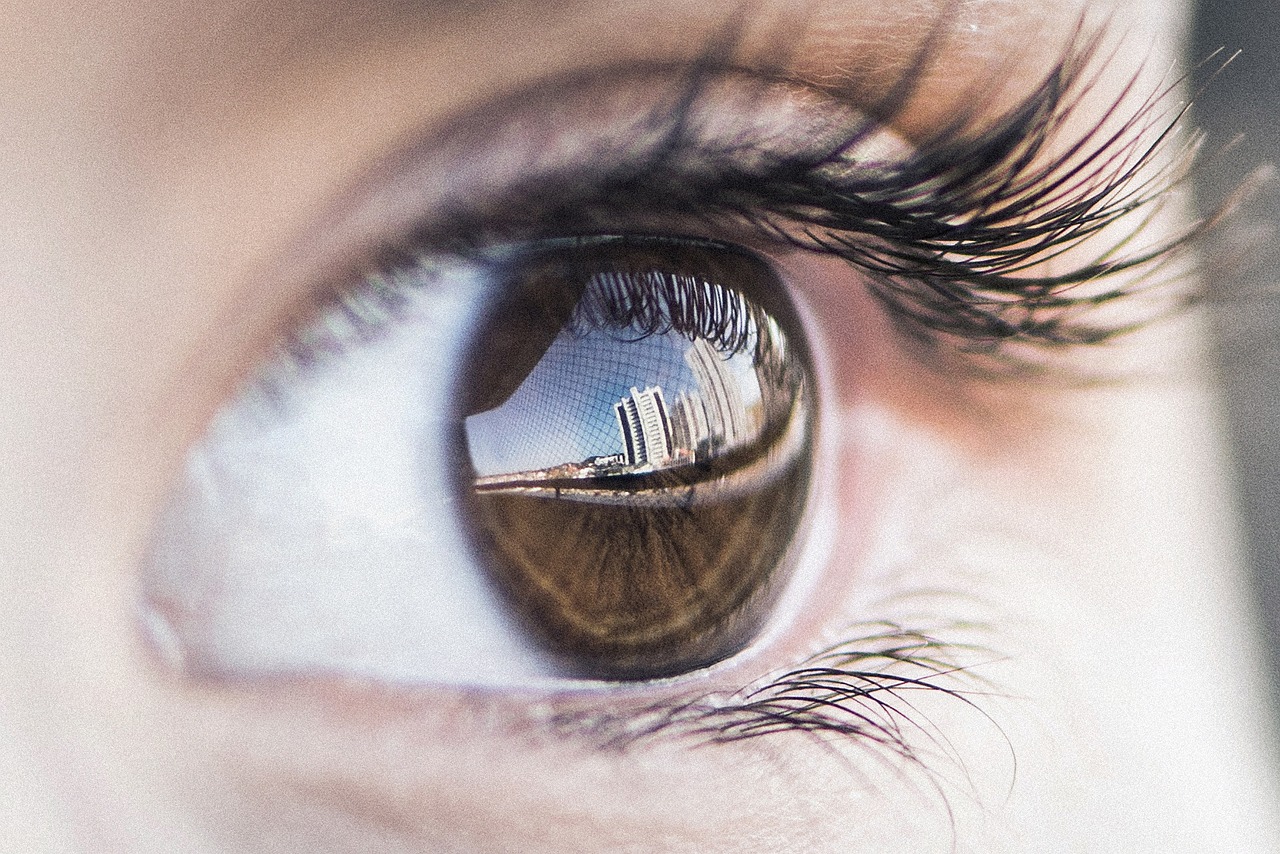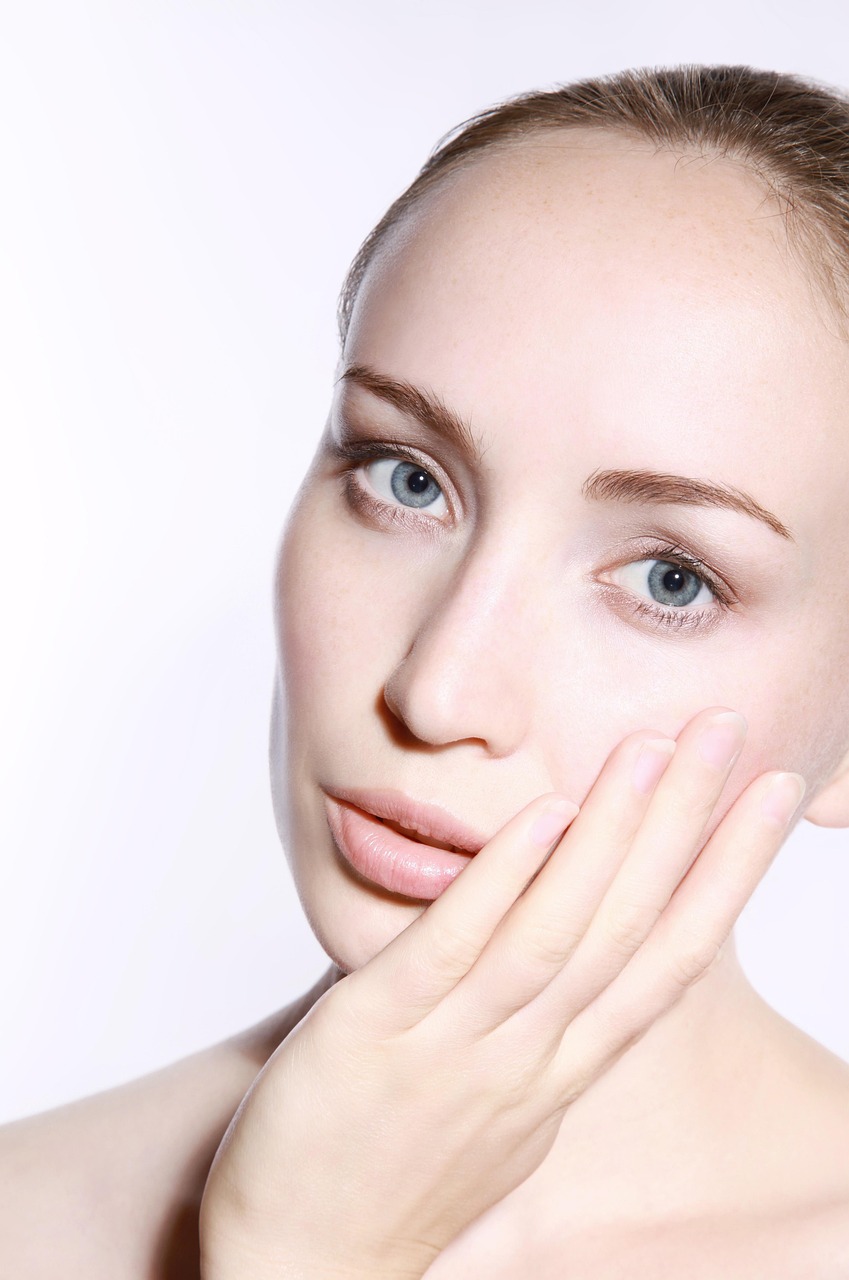Demystifying Eye Bags: Causes, Remedies, and Prevention
Eye bags, medically known as periorbital puffiness, are a common skin concern among people of all ages. Characterized by swelling and puffiness under the eyes, they can create an appearance of fatigue or aging, even when you're feeling alert and youthful. While sleep deprivation is often blamed, the causes of eye bags are actually much more complex and can stem from a combination of genetic factors, lifestyle choices, and natural aging processes. Understanding these myriad causes is the first step towards managing and preventing eye bags effectively.

The Science Behind Eye Bags: Unmasking the Underlying Causes
The skin around our eyes is thin and delicate, making it more susceptible to changes than other areas of our body. As we age, this skin loses elasticity and the tissues and muscles around our eyes weaken. As a result, fat that helps support the eyes can move into the lower eyelids, causing them to appear puffy. Additionally, fluid can accumulate in the space below your eyes, adding to the swelling.
Beyond aging, other factors can contribute to the development of eye bags. Genetics play a significant role; if your parents have eye bags, you are more likely to develop them. Allergies and dermatitis can cause inflammation and puffiness under the eyes. Habits such as smoking, heavy alcohol consumption, and high salt intake can exacerbate fluid retention, leading to pronounced eye bags.
The Legacy of Eye Bags: Cultural Perceptions and Impact
Throughout history, eye bags have been viewed negatively, often associated with tiredness, ill-health, or old age. In many cultures, a youthful appearance is highly valued, and eye bags are seen as a sign of aging. This perception has fueled a multibillion-dollar industry offering an array of products and procedures promising to eliminate or reduce the appearance of eye bags.
However, it’s worth noting that in some cultures, eye bags are viewed differently. In South Korea, for instance, having “aegyo sal” (charming, youthful fat under the eye) is considered attractive and is often enhanced with makeup or cosmetic procedures.
Modern Remedies for Eye Bags: From Home Remedies to Medical Interventions
There are a plethora of remedies available to address eye bags, ranging from home remedies to medical interventions. Simple lifestyle modifications, such as reducing salt intake, increasing water consumption, getting adequate sleep, and avoiding allergens, can help reduce puffiness. Cold compresses, tea bags, cucumbers, and creams with caffeine or retinol can also aid in decreasing swelling and tightening the skin.
For those seeking more dramatic results, medical interventions are available. These include filler injections to fill out the hollows under the eyes, laser resurfacing to tighten and smooth the skin, and surgery to remove excess fat and skin. It’s crucial to consult with a dermatologist or cosmetic surgeon to understand the risks and benefits of these procedures.
Eye Bags in the Future: Prevention and New Frontiers in Treatment
Prevention is always better than cure, and this holds true for eye bags as well. Maintaining a healthy lifestyle, using sun protection, and moisturizing regularly can keep your skin resilient and delay the onset of eye bags.
Meanwhile, research is ongoing to develop more effective and less invasive treatments for eye bags. One promising area is the use of topically applied growth factors and peptides to stimulate collagen production and strengthen the skin. Another is the development of better dermal fillers with longer-lasting results.
Embracing a Comprehensive Approach to Eye Bags
Eye bags are a complex issue with multiple causes and solutions. Understanding the underlying causes and cultural perceptions can help individuals make informed decisions about managing and treating their eye bags. Whether through lifestyle modifications, home remedies, or medical interventions, there are options available to suit everyone’s unique needs and preferences.
In the end, it’s essential to remember that while eye bags may be undesirable from a cosmetic standpoint, they are a natural part of aging and do not inherently indicate poor health. Embracing a comprehensive approach to eye bags—not just aiming for their eradication but also improving overall skin health—can lead to better, more sustainable outcomes.





